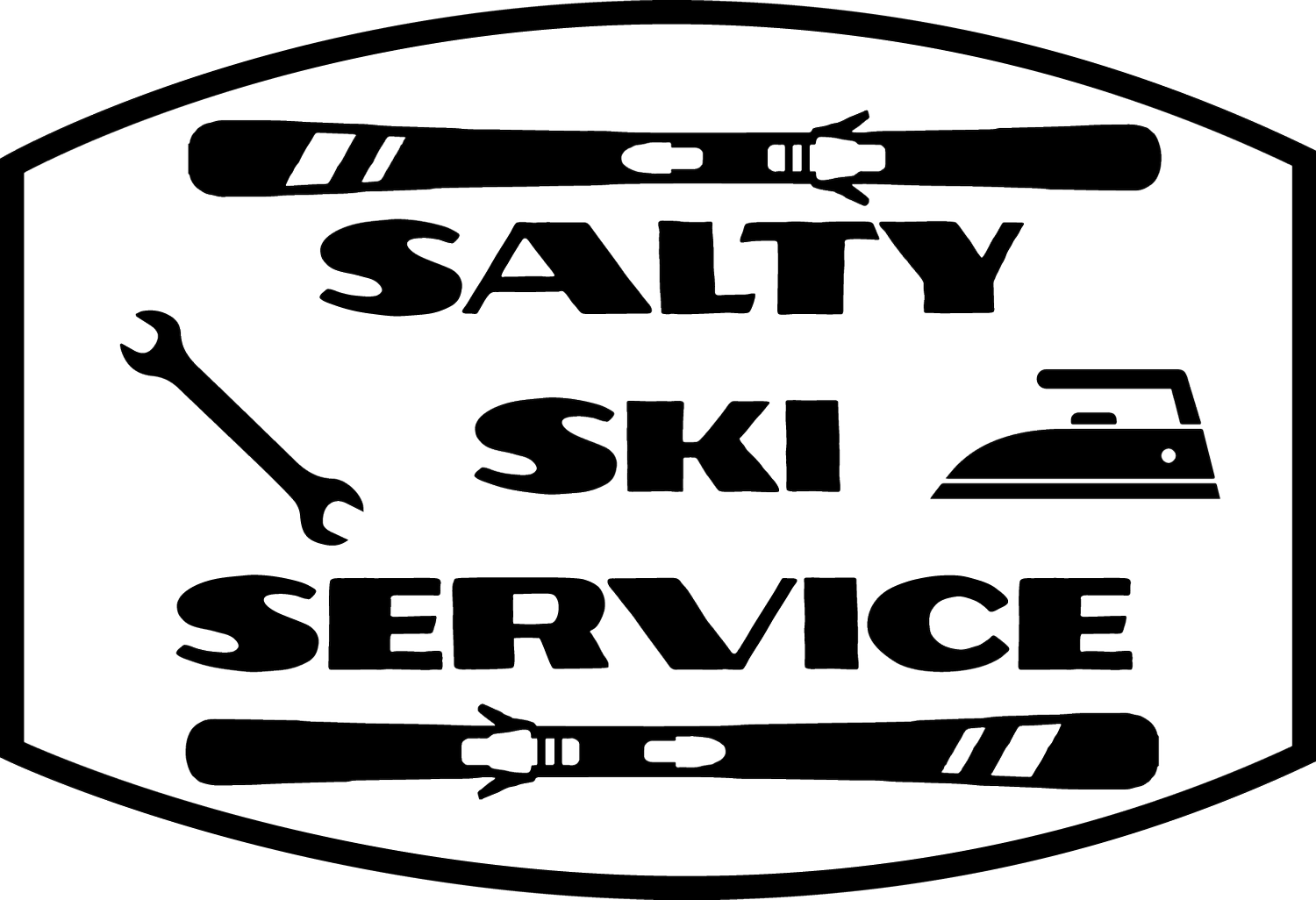Edge & Wax
The ski edge & wax is one step up from our Hot Wax, and not only takes care of your bases, but sharpens your ski edges for the best turn and carving experience.
We often see folks with damaged or rusted ski edges at the beginning of the season - usually an indication that you encountered some end of season rocks or grass. Not to worry! These issues can easily be fixed with an Edge & Wax, or our Full Tune (depending on the level of damage).
When you are finding yourself unable to stop quickly, sliding out when you are trying to carve, or finding less grip than desired, your edges are often the ones to blame.
A new ski or snowboard typically will have an edge that is between 1° - 3°. This allows a rider to grip a variety of snow conditions, enabling effective turning and stopping. Over time, that edge can be worn down, dulled, or dented, and needs to be ground to the proper angle and re-sharpened.
Things to Know
-
Look for all of the same symptoms of needing a Hot Wax (slow skis, dry bases, changing weather, or end of season storage), as well as the following symptoms:
You are experiencing more difficulty stopping or turning than expected, and feel that your skis or board do not have sufficient “grip”
You keep catching an edge unexpectedly (sometimes, there may be a defect on your edge, or too significant of an angle on your edge)
There is rust forming on your ski edges
There are dents, burrs, or other damage to your ski edges
-
Most skis have angles varying from 1° to 3°. Typically, the steeper the angle, the more aggressive your edge. This means that you will stop faster, carve easier, but also may be more likely to catch an edge unexpectedly.
When selecting the proper angle for your snowboard edge or ski edge, we will first discuss the type of terrain you like to ski, and then assess the shape of your ski or board to determine the ideal performance for your gear.
-
Your edges will become dulled over time, but this will vary significantly based on the terrain you ride, and the duration of a typical ski day. We recommend checking your edges at the end of each ski day for burrs or damage, and paying attention to difficulty slowing or stopping as your primary indicators.
At a bare minimum, your edges should be taken care of before storing your skis for any extended period of time to prevent rust build up.


